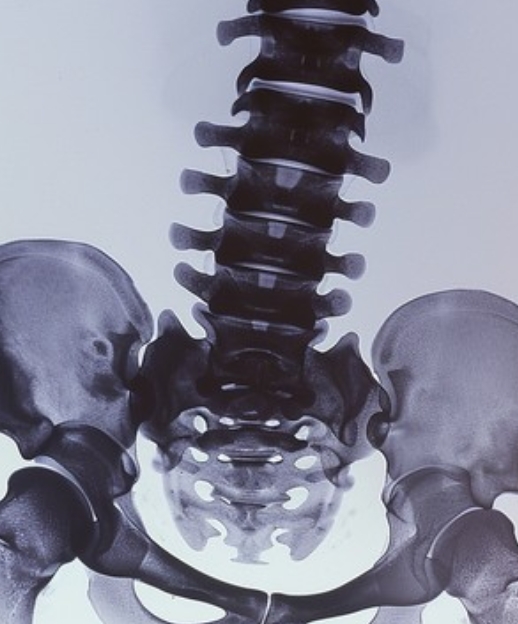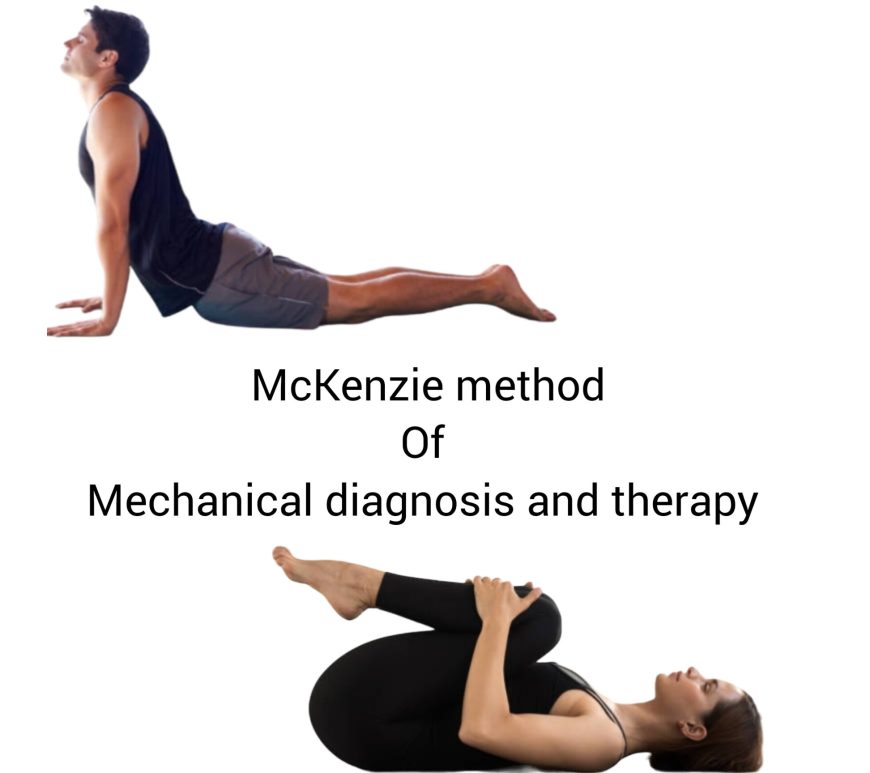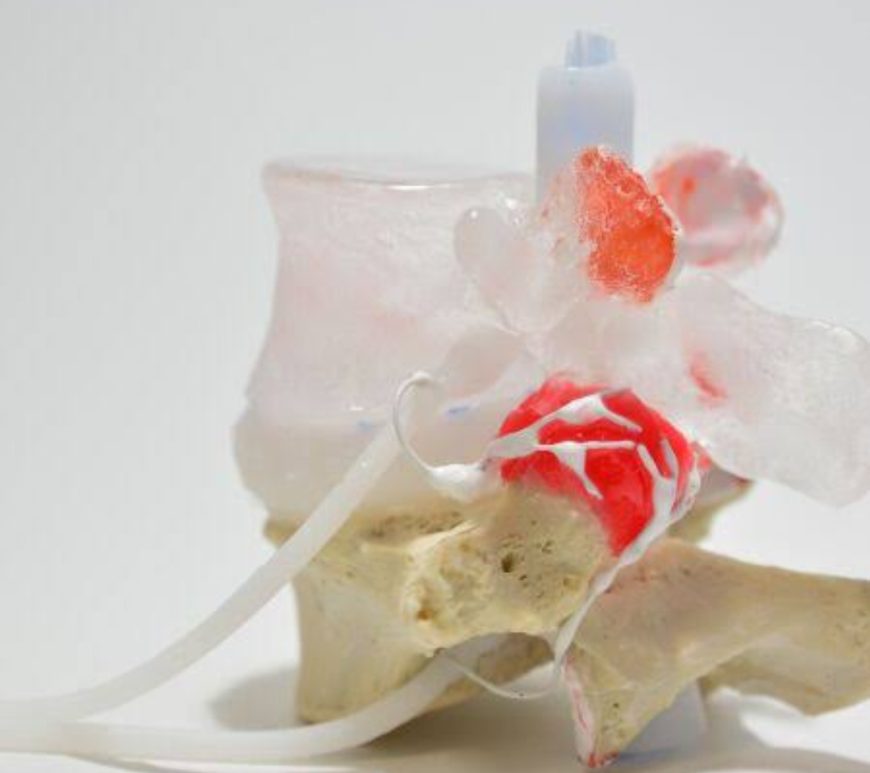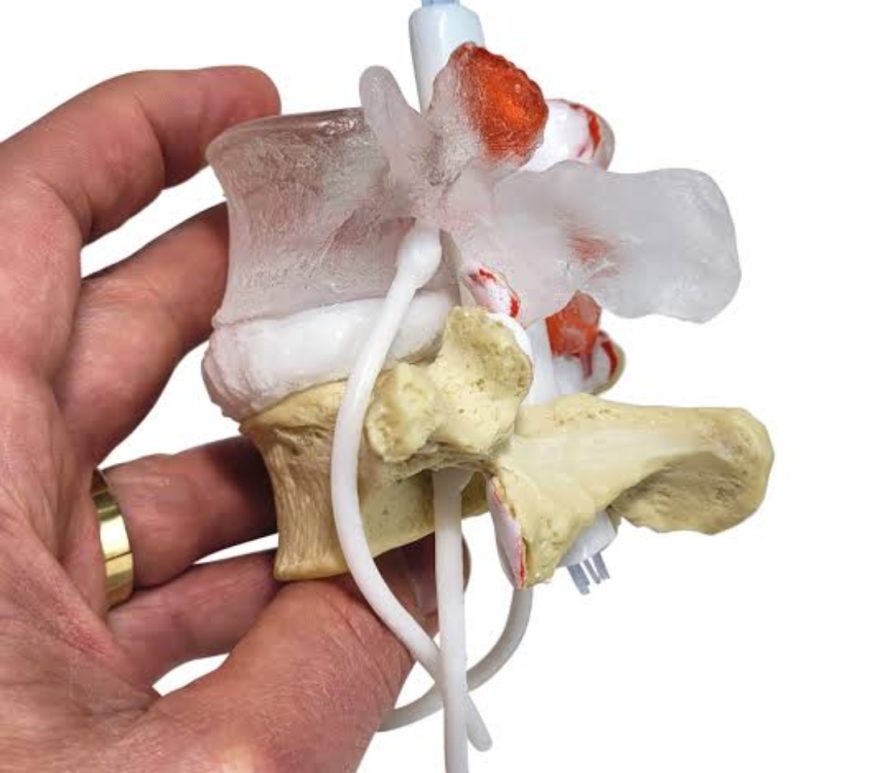
Management of Sciatic Scoliotic List in Lumbar Disc Herniation: Physical Therapy Approaches and Considerations
Sciatic scoliotic list (SSL) [Matsui H, et al. 1998; Krishnan KM, and Newey ML. 2001], also referred to as sciatic scoliosis [Krishnan KM, Newey ML. 2001; Kim R, et al. 2015; Zhang Y, et al. 2019], trunk list [Gillan MG, et al. 1998], or trunk shift [Wu W, et al. 2019], is observed in 13.2-17.7% of adults with lumbar disc herniation (LDH) [Kim R, et … Continue reading Management of Sciatic Scoliotic List in Lumbar Disc Herniation: Physical Therapy Approaches and Considerations


